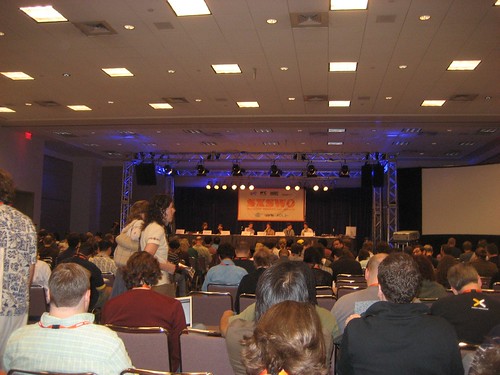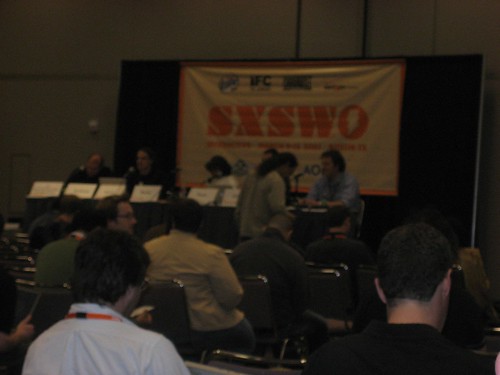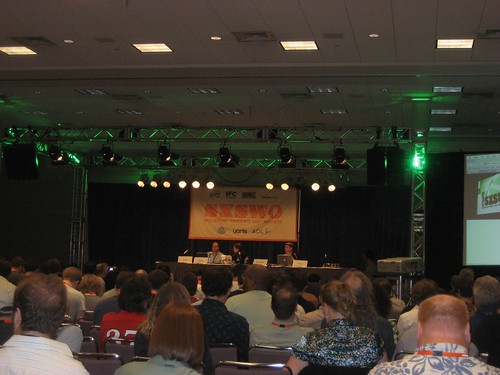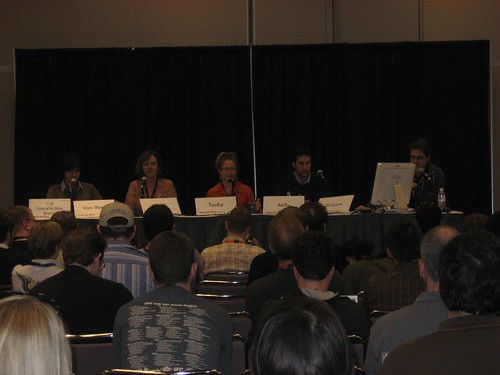Shorter review: Simple, and seemingly frivolous web communication tool. But I can see it really working as a fun, handy IM/mobile texting tool for my friends, if I can only herd all of them onto it.
What Twitter is: It’s a really simple, public blog. You post short (less than 140 characters) messages about what you’re doing right now. The messages display on the site, and get sent to your friends, via the web, IM and text messages – whichever they’ve set up. You can send messages to twitter from you mobile phone or IM.
Anil Dash put it much better back in February:
Twitter is a simple service that lets you send simple status update messages to your friends via SMS, IM, or a very basic web interface. Those messages are then sent to everyone who follows your updates, using any of the communications methods available. Simply put, it’s a buddy list or reply-to-all form of group communication for media which didn’t really have them. And Twitter lowers the threshold of participation to being just a straightforward prompted text area.
I discovered Twitter about 3 months ago, and even had a little twitter blurb on my site for a while. Since SXSW I’ve been on frequently and have a number of people I keep up with on the service. Twitter was a huge deal at SXSW – they had giant screens set up in the hallways and people would post little messages about what they were doing/thinking in the panels they attended, where they were going for lunch, etc.
That was pretty frivolous. It’s the mobile aspect that I really find intriguing. I want to be able to text my friends quickly and easily, all at once, to let them know what I’m up to. It would be great for spontaneous weekend activities – “we’re going to go to the zoo this afternoon – join us at 2:00!”
Friends I’d like to get set up on Twitter:
Stephanie (of course)
Dan
Douglas
Amy (although that could be dangerous; she’d twitter all day long)
JonwithTyres
MJ
My sister – how could I forget her on this list? I miss her a lot.
Cate
Anyway, here is me on Twitter.

Who could have imagined a “seemingly frivolous web communication tool” would cause an attack on the US capitol and almost destroy democracy in 2021?




